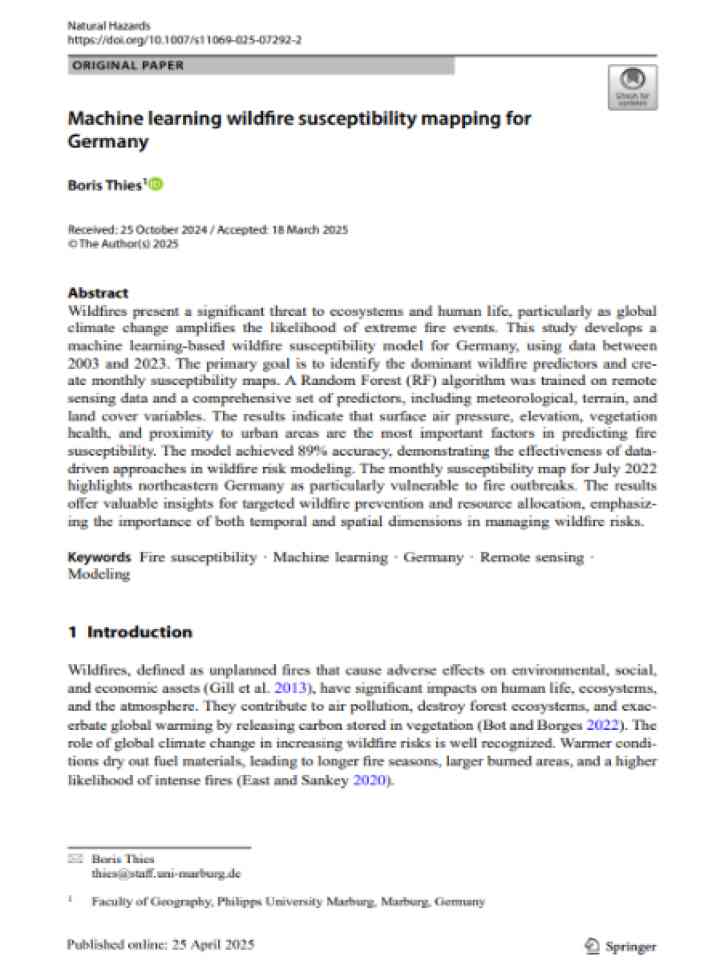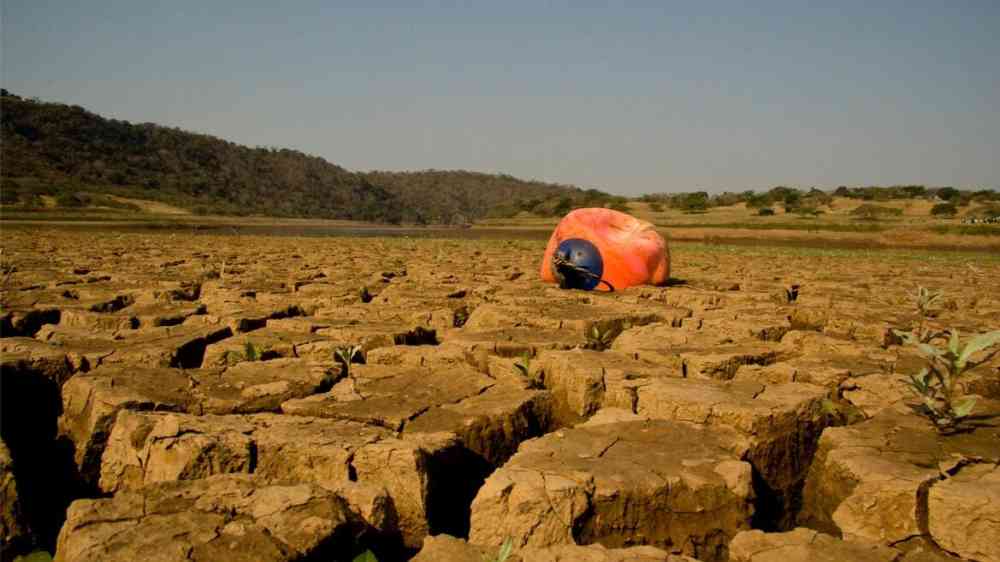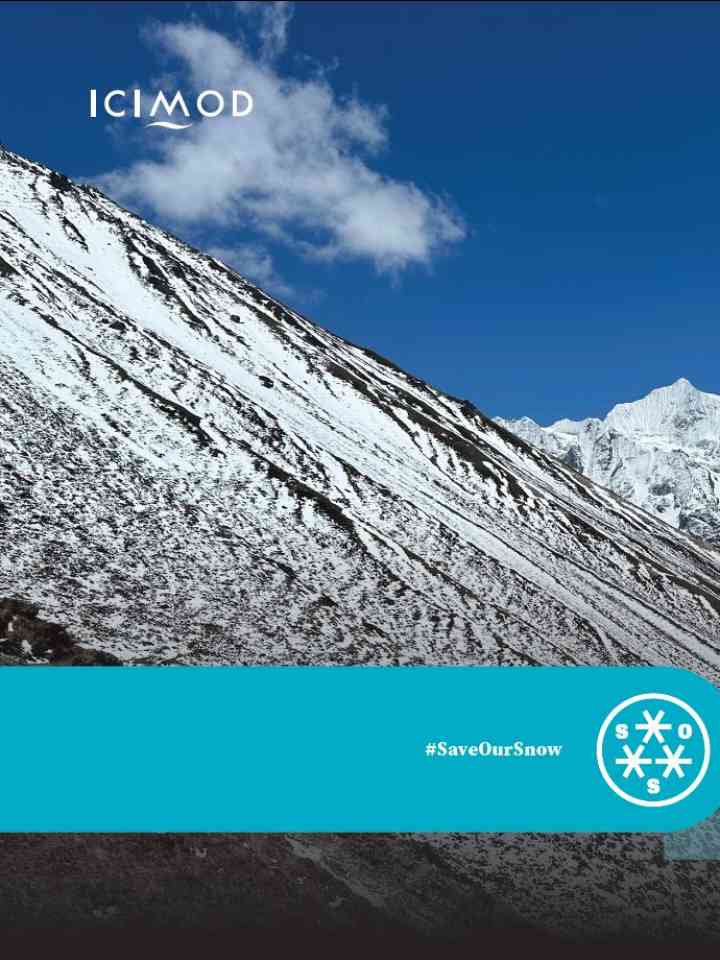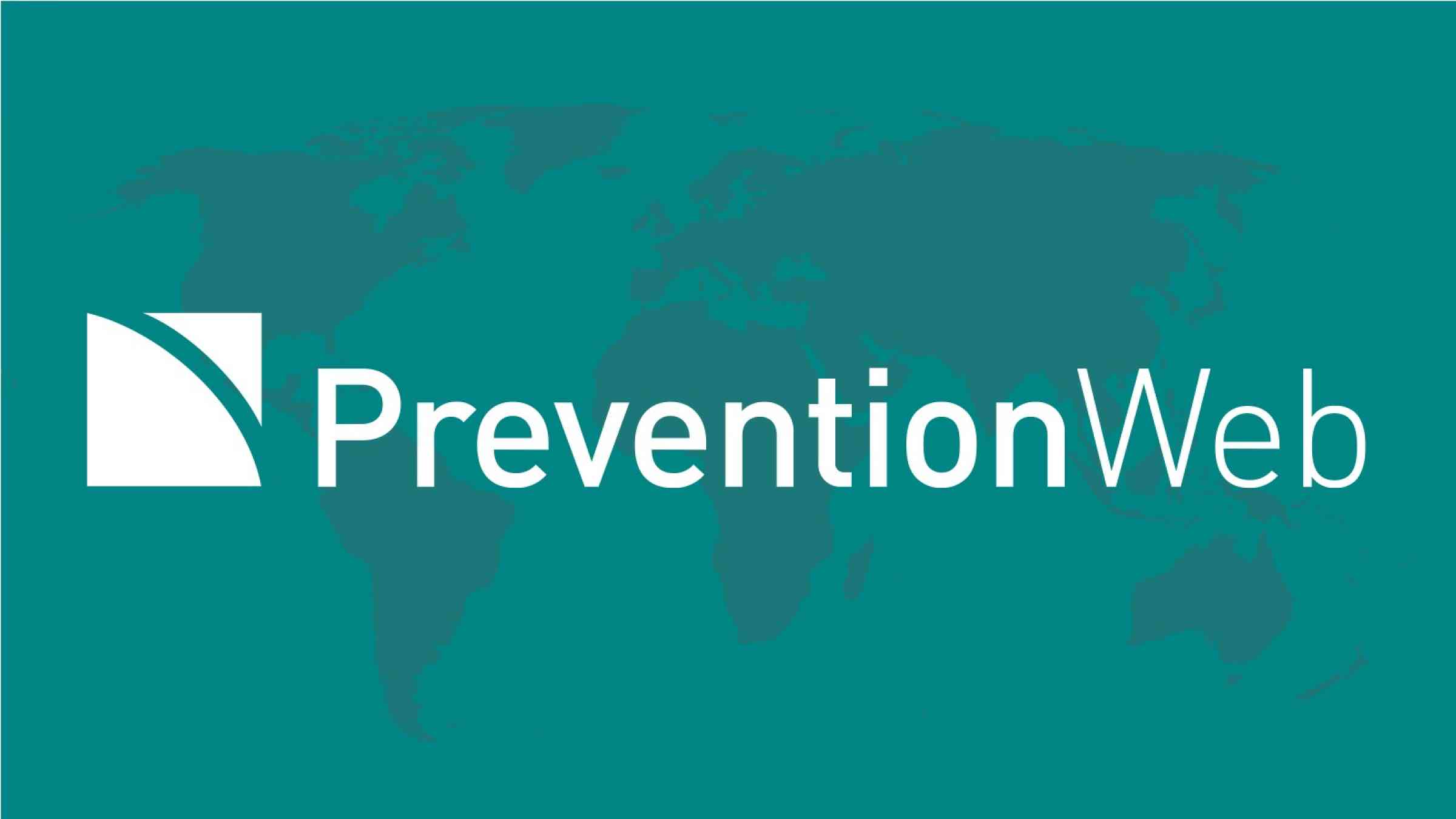Risk identification and assessment
A qualitative or quantitative approach to determine the nature and extent of disaster risk by analysing potential hazards and evaluating existing conditions of exposure and vulnerability that together could harm people, property, services, livelihoods and the environment on which they depend. Performing risk, hazard and vulnerability assessments is a key disaster risk management activity.
This theme covers aspects related to hazard/vulnerability/climate risk assessment, disaster risk modelling and analysis.







